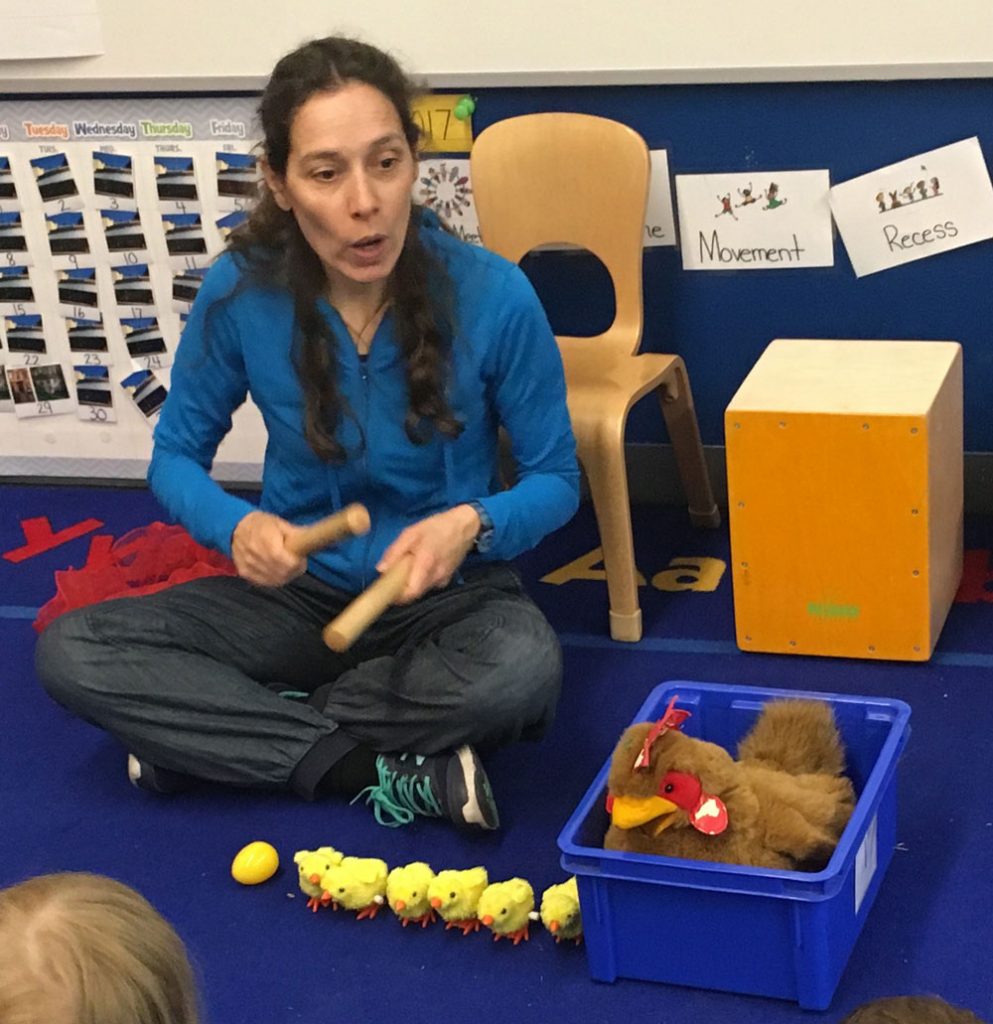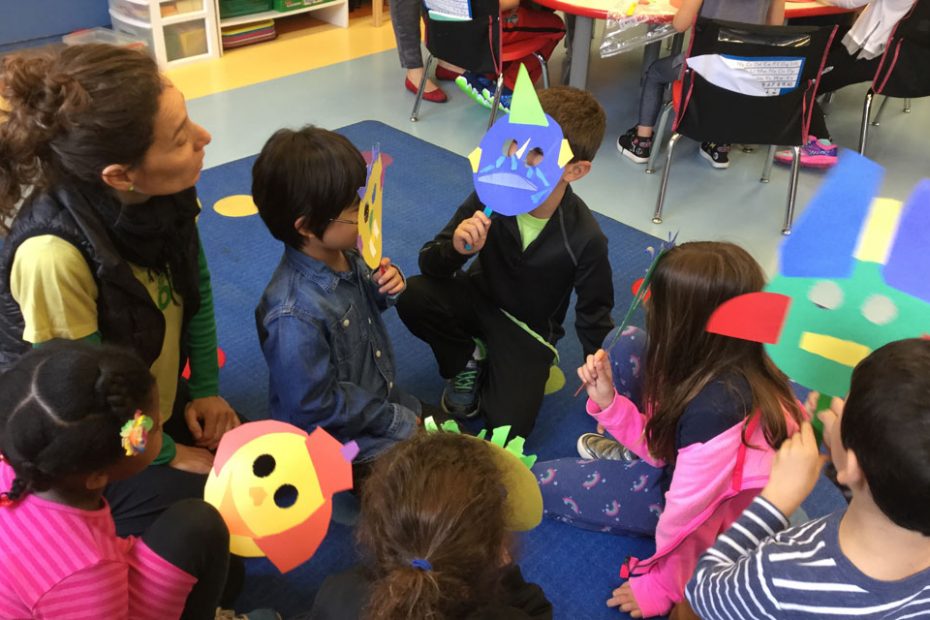

Spanish through movement
The goal of the Spanish immersion program I developed is to help children improve their communication skills in Spanish while having fun so they can become fluent in later years. We use an experiential approach, using all the senses, to allow students to achieve fluency.
In creating a set of guidelines for teaching Spanish at RCS we drew from several sources, including Helena Curtain’s and Carol Ann Bjornstad Pesola’s approach discussed in their book Languages and Children - Making the Match. We employed Tracy Espinosa’s work on foreign language learning in her books The Multilingual Child and The Multilingual Mind- Issues Discussed By, For, and About People Living with Many Languages. Our program adheres to the National Standards for Foreign Language Learning.
These authors’ works have inspired a new generation of foreign language teachers that are working towards programs that emphasize oral communication skills and developing communicative competence.
Curtain and Pesola identify a set of practices that lead to a successful foreign language program for young learners while still taking into account the differing levels of cognitive, social, psychomotor and educational development of the learners. In developing the Spanish curriculum we have followed their guidelines:
Children learn new languages best when-
1. Instruction is consistently conducted in the target language with minimal use of the native language. The target language and the native language are kept strictly separate.
2. Teachers recognize learners as active constructors of meaning rather than passive receivers of vocabulary and information.
3. Learning occurs in meaningful, communicative contexts that carry significance for the student. For the young learner these contexts include social and cultural situations, subject content instruction, games, songs, rhymes, stories and experiences with arts, crafts, and sports.
4. Learning is organized in terms of concrete experiences; visuals, props, realia, and hands on activities are integral components of instruction.
5. Comprehension is emphasized rather than speaking at beginning stages of the program, shadowing the process of first-language acquisition.
6. Reading and writing are used as communicative tools, as appropriate to the age and interests of the learners, even in early stages of language development.
7. Assessment of learning is frequent, regular, and ongoing in a manner that is consistent with program goals and teaching strategies.
8. Culture is primarily learned through experiences with cultural materials and practices rather than discussion and reading.
9. Planning is organized around a thematic center and establishes a balance among the basic goals of culture, subject content, and language in use.
10. Curriculum and instruction are organized according to a communicative syllabus rather than a grammatical syllabus. Grammar is presented through and for usage rather than analysis; grammar for its own sake is not the object of instruction.
11. Activities are geared to the young learner’s interests, developmental levels, and experiential background. They are designed to appeal to a variety of learning styles and to incorporate frequent opportunities for movement and physical activity.
12. The foreign language program draws from and reinforces the goals of the general elementary school curriculum, including across-the-curriculum goals such as cognitive skills development and global education.